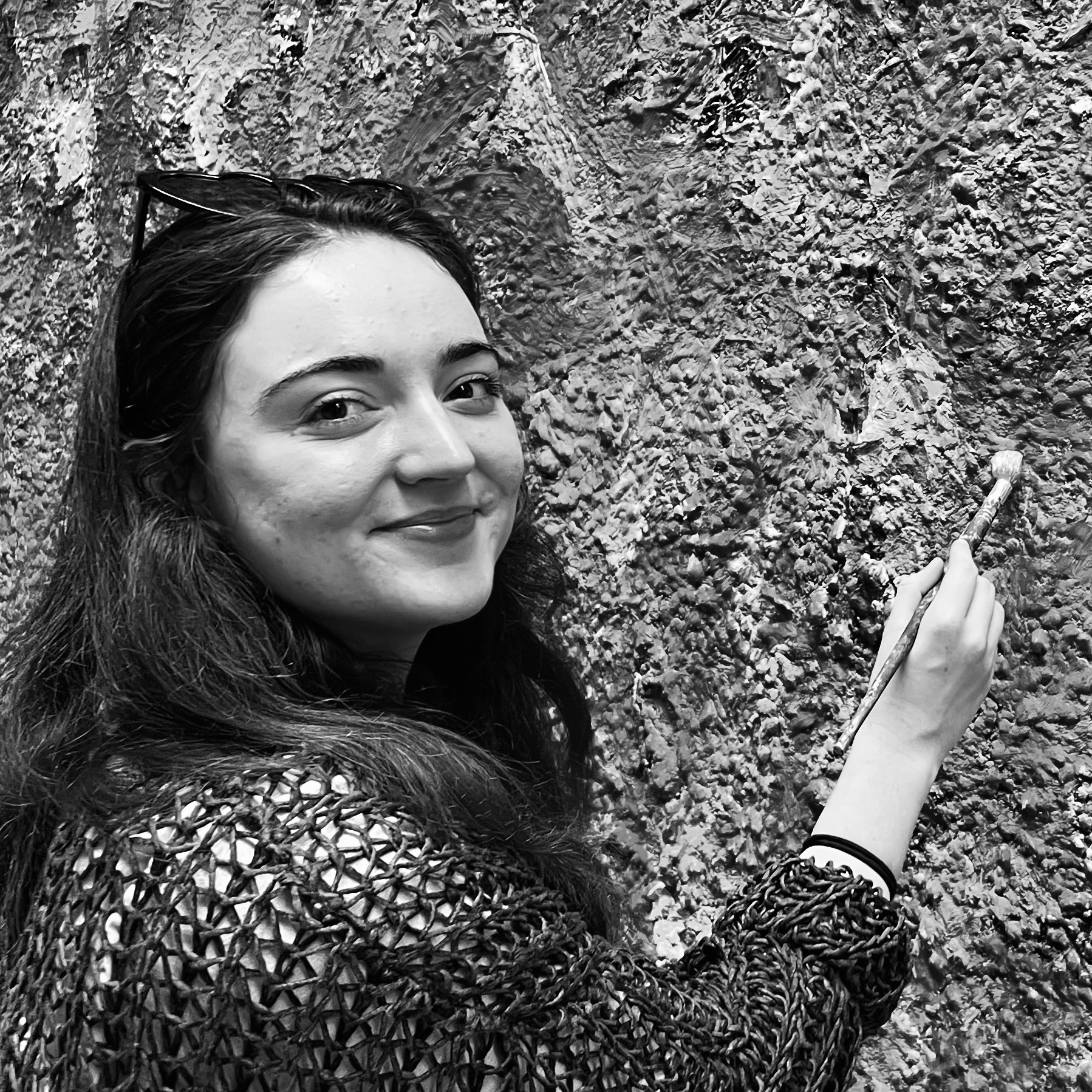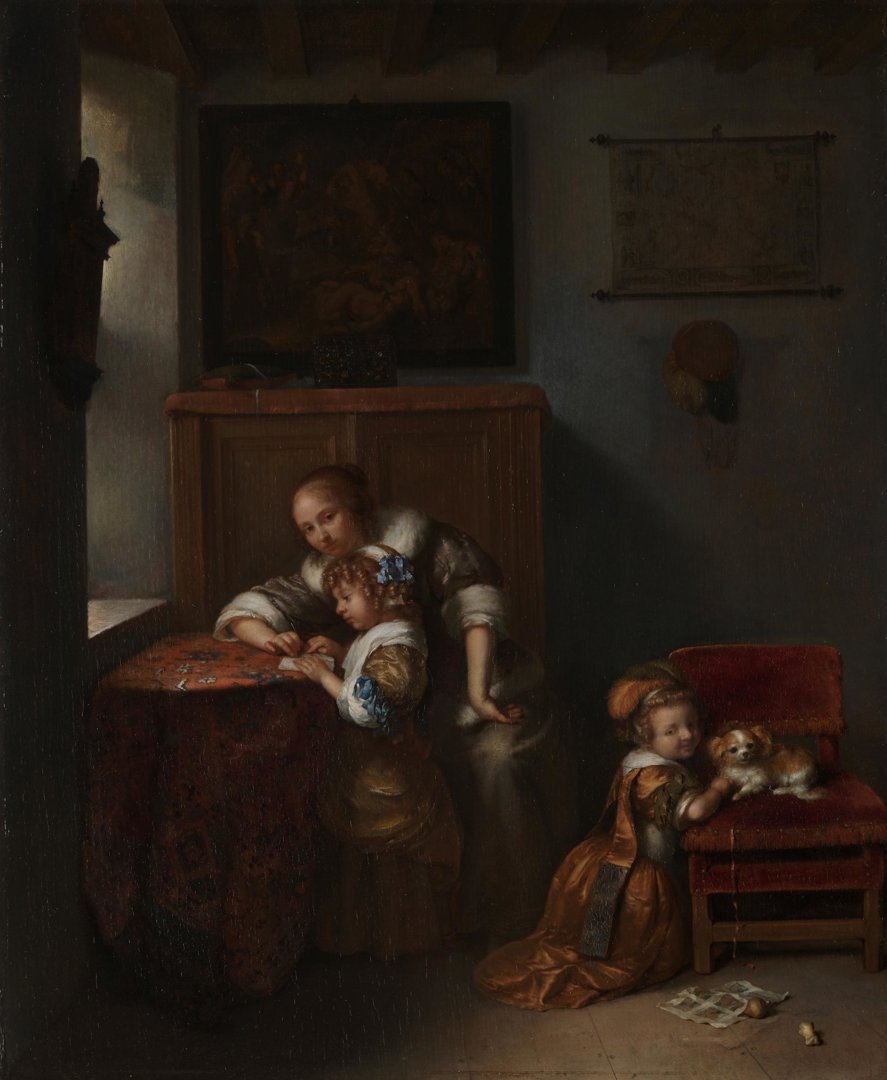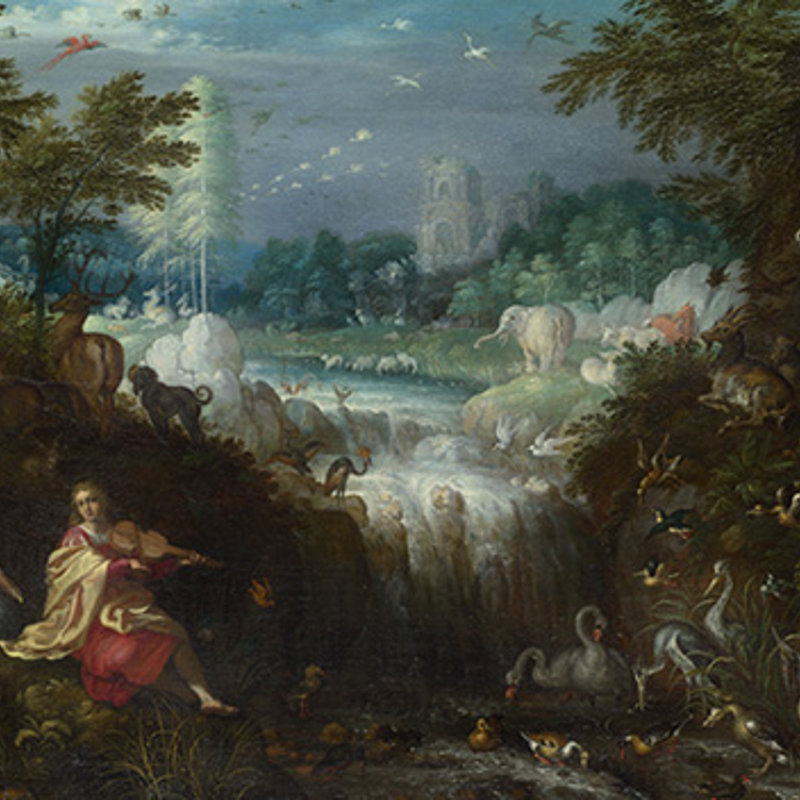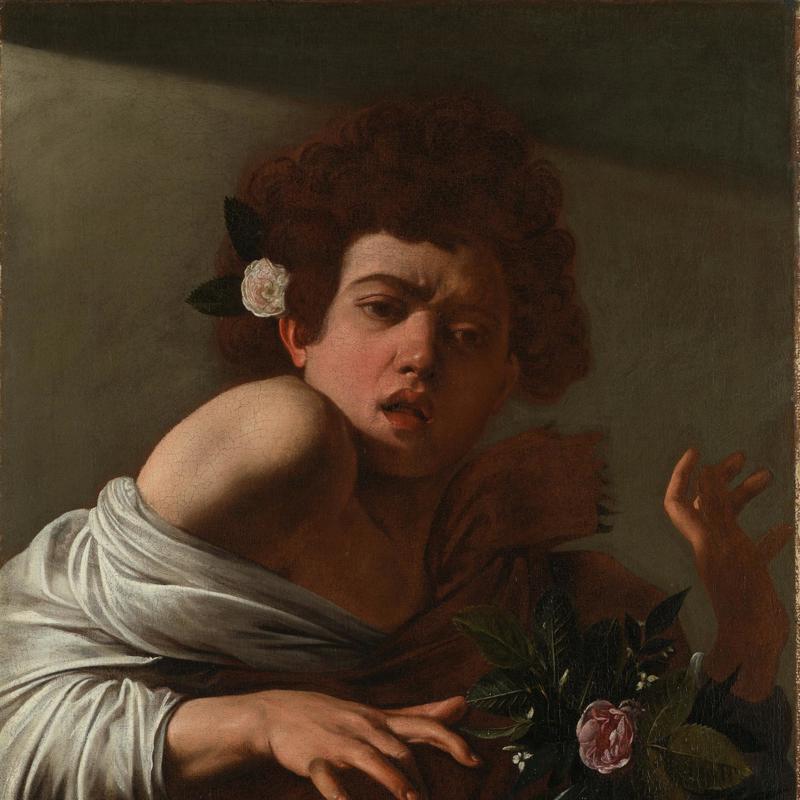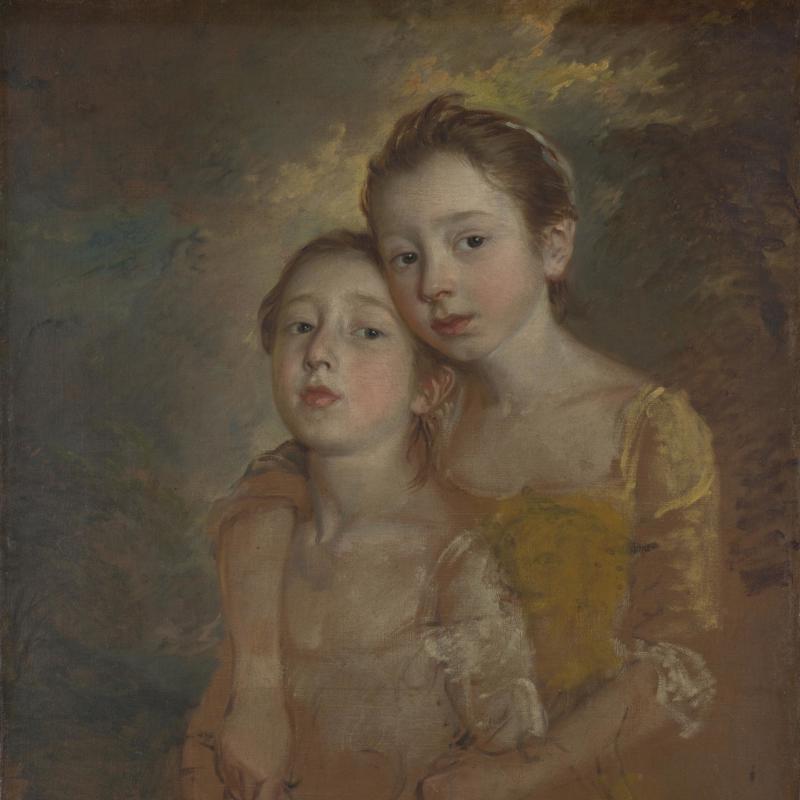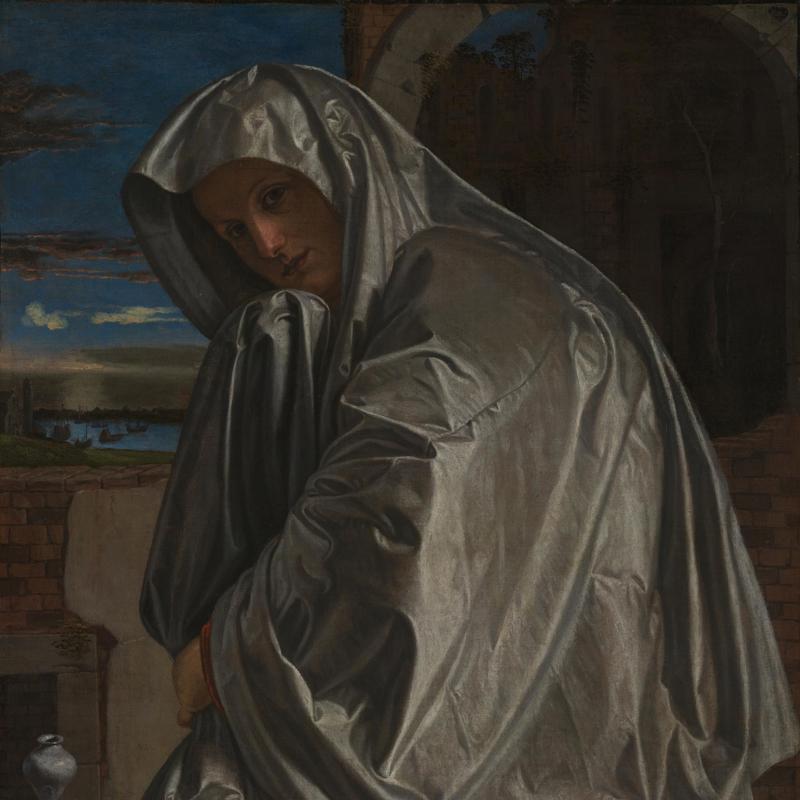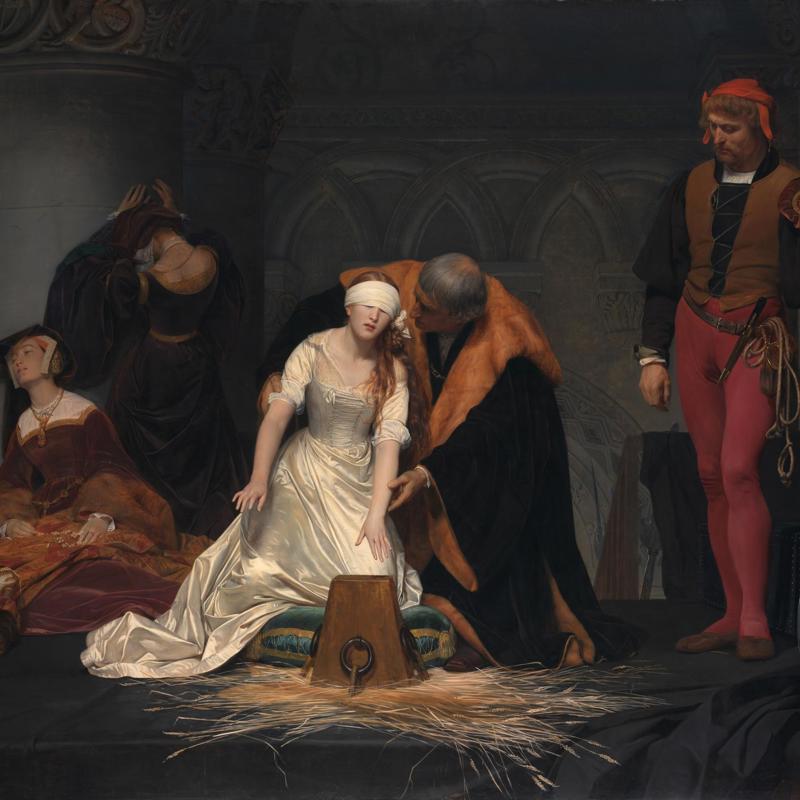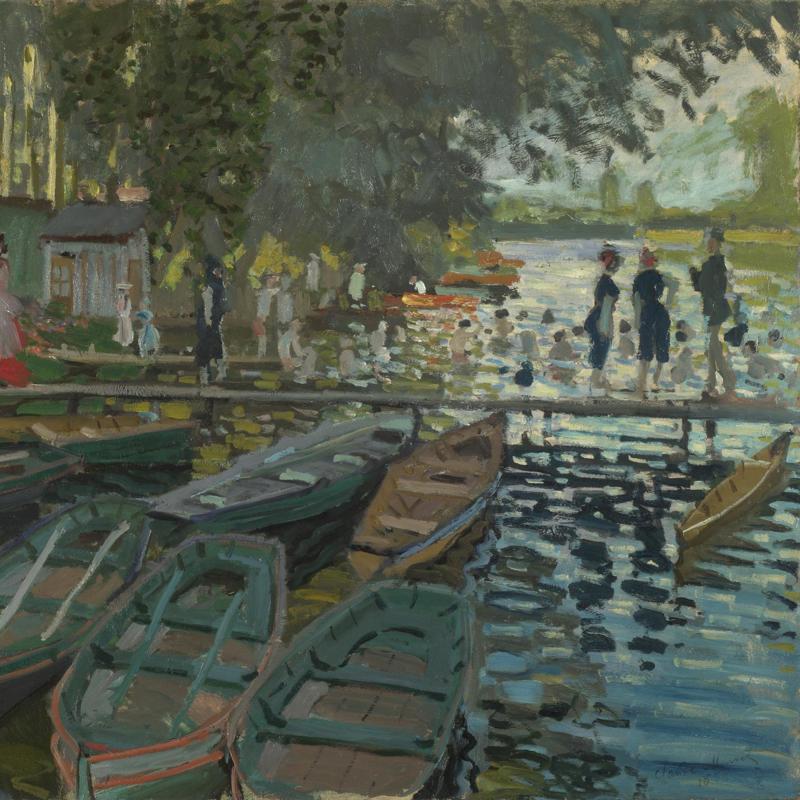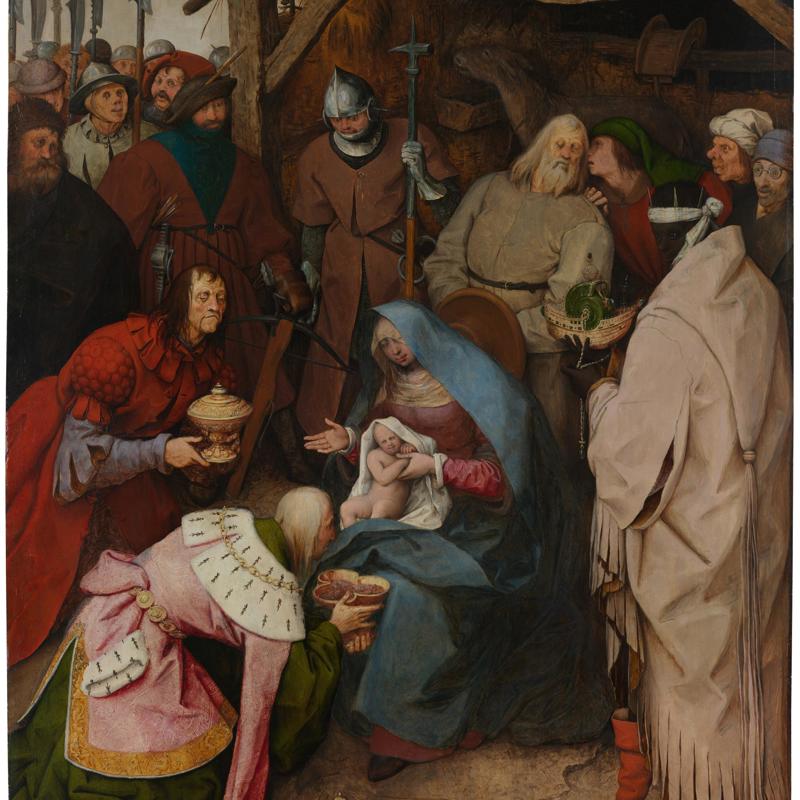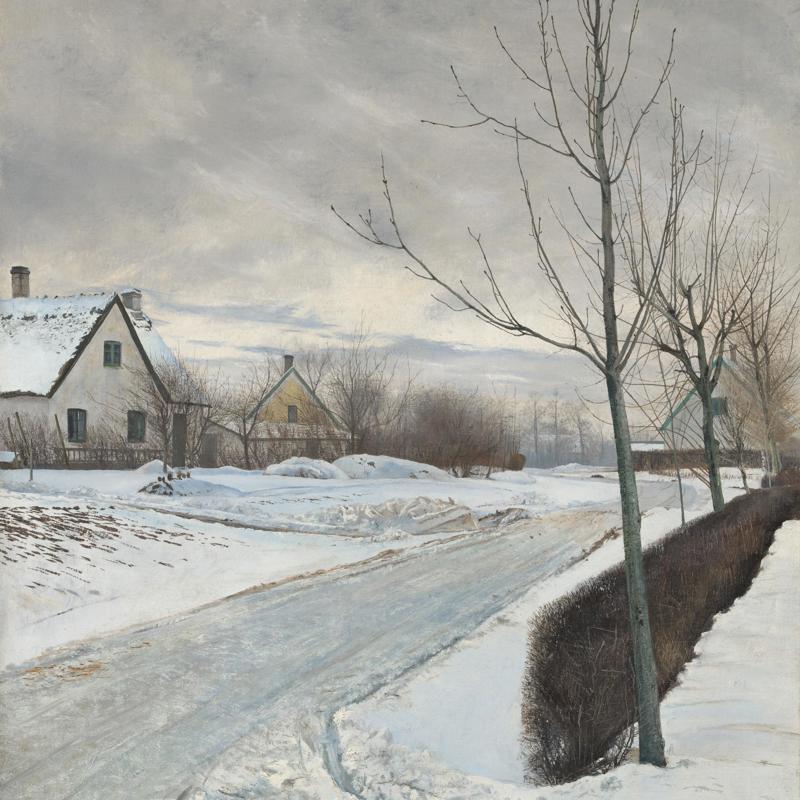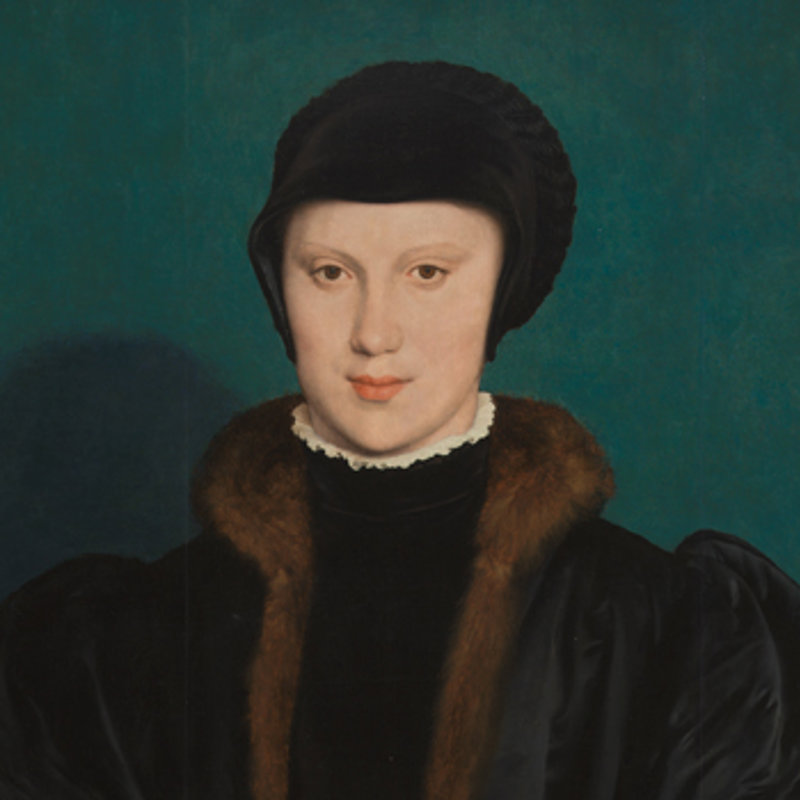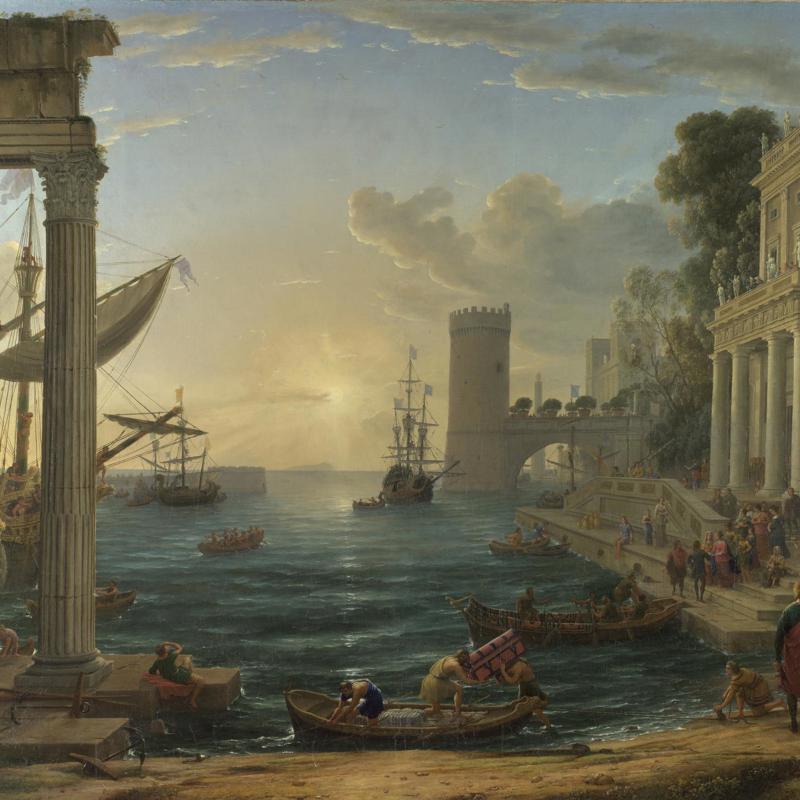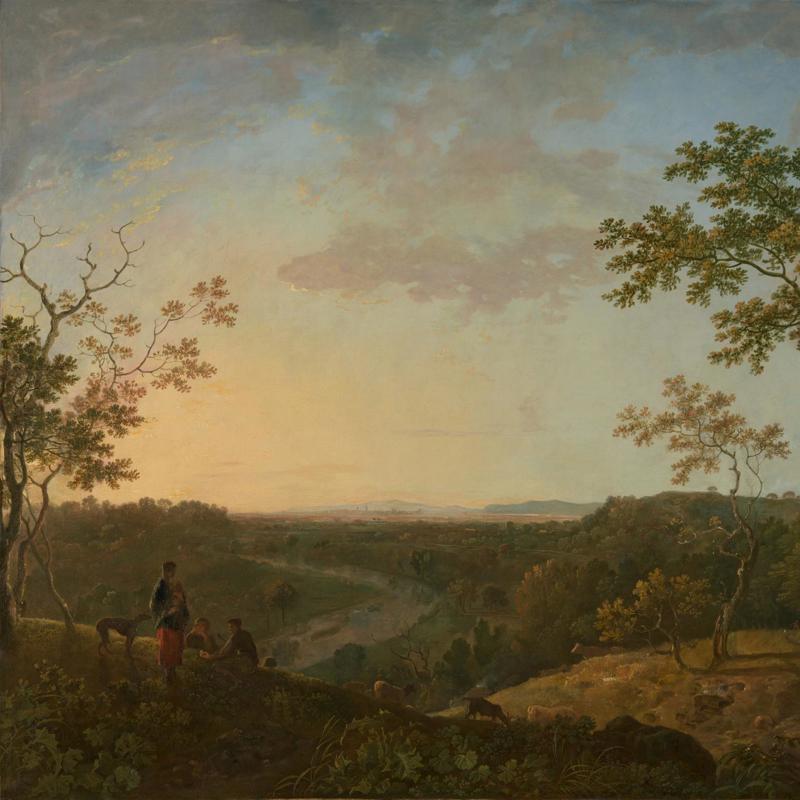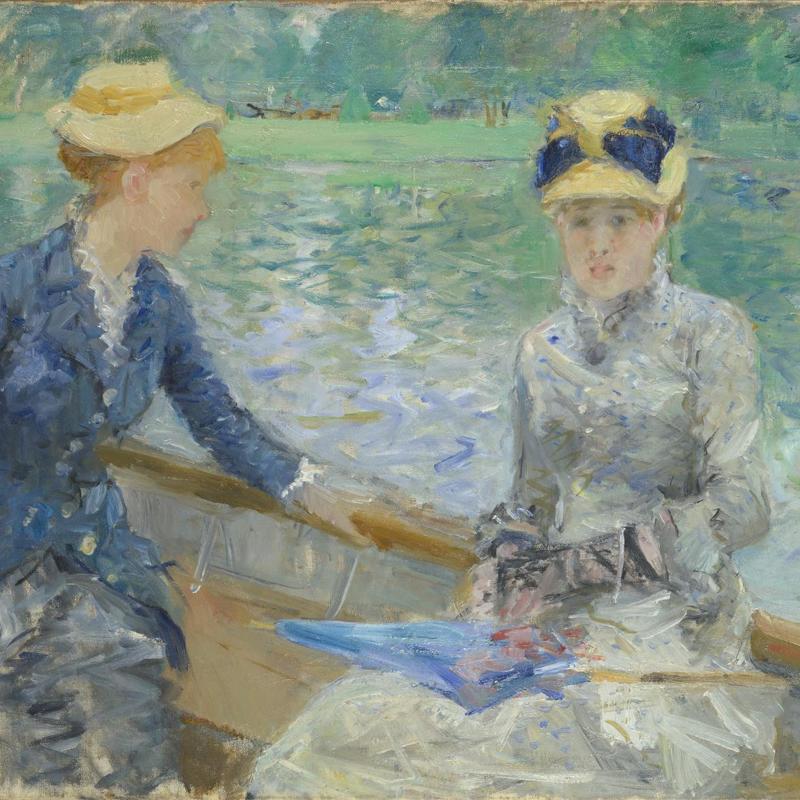School is back in session! From the rattle of the bell to the scribble of pencils, there’s no mistaking the sights and sounds of the classroom. But what did a school lesson in the 18th century look like? Lily Johnson takes us back to the 1730s to delve into Jean-Siméon Chardin’s ‘The Young Schoolmistress’.
Sitting in on the lesson
Jean-Siméon Chardin (1699-1779) was a French painter noted for the quiet charm of his genre scenes and still lifes. His genre pieces often depicted domestic scenes in intimate and refined ways - bringing members of the working and middle classes to the forefront of his artwork.
Painted around 1737, ‘The Young Schoolmistress’ shows one of these scenes, as we observe a quiet moment of concentration between two young people. They lean forward slightly over a table, as the ’schoolmistress‘ points to the pages of the book open before them. Her gesture is repeated by the tiny hand of her young pupil.
Despite the painting’s title, this is a private lesson taking place in the quiet seclusion of a middle-class home. And our teacher likely knows her student a little better than most… she is probably their older sister, or relative.
In this scene of idolised domestic life, we are given a snapshot of the educated middle class of 18th-century France. Let’s take a closer look at what this means.
Education in the 18th century
The children in ‘The Young Schoolmistress’ appear to be from a well-off family, though they are not extravagantly wealthy. It is possible that they belong to the growing French bourgeoisie (middle class) who particularly admired Chardin’s pictures and often saw themselves reflected in his work.
The middle classes valued education, especially literacy. The Enlightenment brought greater opportunities for learning in 18th-century France. No longer was education confined to the nobility and professional classes, and people from different walks of life sought to bring up not only well-educated sons, but also daughters.
Even if it was to prepare them for motherhood and domestic duties, education was now widely available to girls in this period. So how is this reflected in ‘The Young Schoolmistress’?
The schoolmistress
In the 18th century, it was tradition in France for young children to be educated by their mothers. However, some philosophers, like John Locke, recommended young children be taught to read by an older sibling.
When painting ‘The Young Schoolmistress’, it is likely that Chardin knew of a similar work at the Palais Royal in Paris - Caspar Netscher’s ‘A Lady teaching a Child to Read’ (now in our collection). In Netscher’s painting, a young girl is taught to read by her mother or a maid. The two paintings hold similarities, yet Chardin’s touches on a slightly different dynamic between the teacher and her place in society.
Though she commands a gentle authority, Chardin’s young schoolmistress is likely aged around 12 or 13. This is too young to be a governess, leading many to place her as an elder sister or cousin.
In Chardin’s painting, she does not embody the image of a child. Instead, she adopts the role of an ‘ideal’ mother, educating her own young child, perhaps in preparation for when she herself will be a mother. In effect, both children in the painting are learning.
In Enlightenment thinking, the ideal mother who had received a good education would contribute incomparably to the happiness of her family. And so, here, the young schoolmistress embodies the ideals of a young cultured lady.
The student
In contrast, the younger child remains somewhat of a mystery. Even their age and gender is uncertain, though the child’s headdress is like that worn by boys in other works by Chardin. The topic of their lesson offers some clues to their age, however, Chardin’s distinctive method of keeping objects slightly out of focus in his paintings adds to this uncertainty.
The book the children are reading is partly hidden by a loose sheet of paper covered in blurred marks. Eagle-eyed art historians have concluded that they are most likely letters, and so this is probably a reading lesson.
Educational practices in the 18th century suggested that reading should be taught before writing and counting. One author of the day recommended that children learn their ABCs from the age of two or three. Another said children should learn to read, write and speak properly from the age of three or four, at which age teaching should take place at home.
Therefore, we might suppose that this is the age of our pupil, though the ambiguity surrounding their identity may be intentional.
Painting the pair
Alongside the subject matter of his painting, Chardin’s technique may suggest how he wants these figures to be perceived. The girl is painted with crisp, intentional brushstrokes. She has accepted her place in society and is on her way to fitting seamlessly into it.
The small child, however, is painted with loose, nondescript brushstrokes. It’s almost as if they are a blank canvas and are not yet fully formed. This evokes Enlightenment thinking surrounding education, in which it was believed that the human mind is born as a ‘blank slate', with knowledge gained through learning and experience. In the small child’s slightly blurred eyes, perhaps this knowledge is forming.
Inspiring future artists
As Chardin was inspired by the artists of the past, he himself went on to inspire artists of the future.
‘The Young Schoolmistress’ was a favourite painting of the artist Lucian Freud (1922-2011). In 1987, the National Gallery hosted an exhibition personally curated by Freud called ‘The Artist’s Eye’, in which he handpicked masterpieces from the Gallery’s collection for display alongside works of his own.
Freud chose to feature Chardin’s painting in the exhibition, and placed it between two large paintings by John Constable. One art critic commented that this placement made Chardin’s painting look ‘slightly cheeky’.
Our digital recreation of the 1987 exhibition gives audiences the chance to step back in time to see Freud’s choices and decide for themselves.


